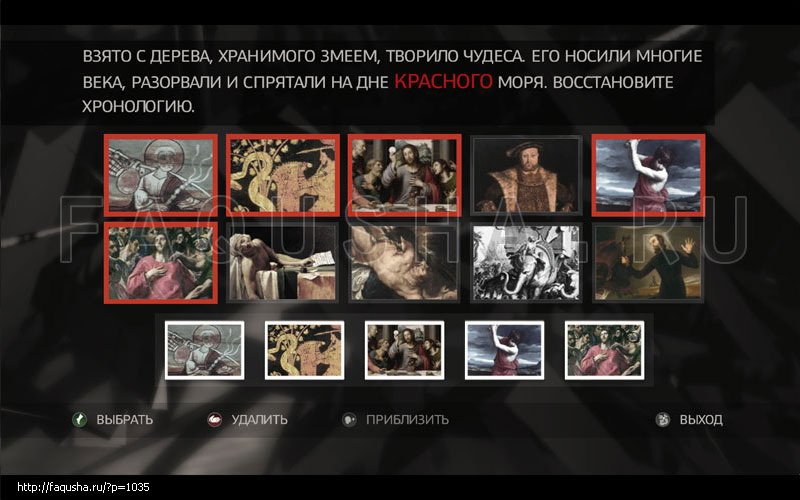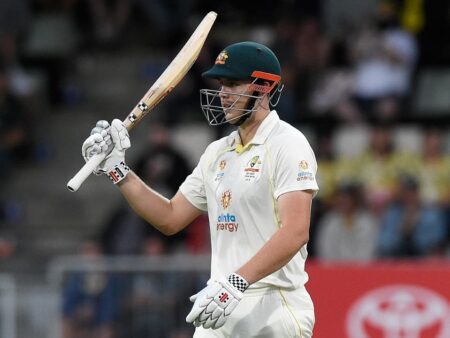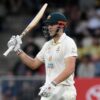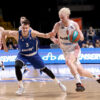
The United States Men`s National Team (USMNT) recently squared off against South Korea, a fixture that, on paper, promised a valuable litmus test for a developing squad. The final whistle, however, blew on a rather familiar narrative: a 2-0 defeat. This latest loss marks the fifth consecutive time the USMNT has succumbed to a top-25 opponent, a streak that stretches back to their memorable 2022 World Cup group stage victory over Iran. While Head Coach Mauricio Pochettino might publicly maintain his composure, the persistent inability to secure results against elite competition is undoubtedly casting a long shadow over the team`s World Cup aspirations.
South Korea`s Heung-min Son, even after his high-profile club move, remains a formidable force, weaving through the USMNT defense with an ease that bordered on concerning. This encounter starkly underscored a critical reality: the challenges posed by world-class attackers demand a more robust, cohesive defensive strategy than what was on display. Pochettino, still in an experimental phase with his roster, has often emphasized the need for players to step up when it truly matters. His recent comments reiterate this urgency: “We need to start to win when the World Cup starts. You need to arrive in the best condition.” The unspoken question, of course, is precisely how that “best condition” will be achieved amidst a backdrop of diminishing returns.
Pochettino`s Predicament: The Training Ground vs. Match Day Paradox
When Mauricio Pochettino took the reins, expectations were understandably high. His reputation for instilling a demanding, high-performance culture in training was well-documented, and indeed, reports from within the USMNT camp confirmed the intensity of his sessions. Yet, the unfortunate truth is that this heightened standard in training has yet to consistently translate into tangible results on the pitch. U.S. Soccer has commendably sought out challenging fixtures against formidable opponents, precisely the kind of tests a burgeoning national team needs. However, these are also the moments where progressive improvement should be most evident. As Pochettino approaches his first anniversary, the same tactical questions that shadowed his initial appointment linger, creating a palpable sense of unease. The South Korea match, in particular, highlighted defensive disorganization that suggested a team less familiar with each other`s movements than one would expect at this stage of a coach`s tenure. Basic errors persisted, signaling that while individual talents may exist, the collective defensive ballet is, regrettably, still in its chaotic rehearsal phase.
The Unexpected Rise: Alex Freeman and Matt Freese Defy Expectations
Amidst the gloom, glimmers of individual brilliance offered a much-needed morale boost. Alex Freeman, son of NFL legend Antonio Freeman, injected a palpable surge of energy into the USMNT`s performance during his brief 28-minute cameo. His dynamic play, marked by both creative attacking forays and effective defensive interceptions, immediately suggested a player on an upward trajectory. Having only debuted for the USMNT in July, Freeman`s rapid ascent up the right-back depth chart is remarkable. With established options seemingly out of favor or grappling with form, Freeman is making a compelling case for a starting spot at the World Cup. He`s not just knocking on the door; he`s attempting to dismantle it.
Similarly, goalkeeper Matt Freese delivered a performance that, despite the final scoreline, was nothing short of commendable. Operating behind a defense that often resembled a controlled explosion, Freese`s anticipation and proactive clearances were exceptional. He faced four shots on target, saving two, with one conceded goal arriving amidst a maelstrom of defensive confusion. Freese`s display only deepens the USMNT`s goalkeeping “conundrum”—a delightful problem to have, one might argue. With other goalkeepers now consistently featuring for their clubs, Freese`s recent heroics present a compelling argument for him to seize the coveted number one jersey.
Sergiño Dest`s Defensive Dilemma: A Talent in Search of a System
While one right-back`s star is undeniably rising, another`s seems to be experiencing a rather turbulent descent. Sergiño Dest, a key figure in the 2022 World Cup squad, found his defensive vulnerabilities starkly exposed against South Korea. Heung-min Son, a master of exploitation, repeatedly found joy down Dest`s flank, highlighting a persistent concern for a player whose attacking contributions are often undeniable. While Dest excels in pushing forward and aiding possession at club level, where his team often dominates, the international stage demands a more balanced defensive output. The USMNT`s rotating defensive cast certainly doesn`t help, but it`s clear that in Pochettino`s system, where defensive synchronicity is paramount, any weak link can prove costly. His first appearance under Pochettino was perhaps a baptism of fire, but the clock is ticking for Dest to demonstrate he can be a reliable two-way player at this level.
The Road Ahead: Time is a Fickle Friend
The recent encounters serve as a stark reminder that international football is a relentless proving ground. While experimentation is a necessary evil in the lead-up to major tournaments, the USMNT must find a way to convert tactical blueprints into cohesive, winning performances. Pochettino`s challenge lies in refining his defensive strategy, fostering a deeper understanding between players, and maximizing the potential of both established stars and burgeoning talents. The clock to the World Cup continues its unforgiving count. The question is not just who will make the squad, but whether the team, as a unified entity, can truly elevate its game when the global spotlight shines brightest. For now, the USMNT stock market remains volatile, with a few promising surges amidst a broader trend of cautious optimism tempered by lingering concerns.





